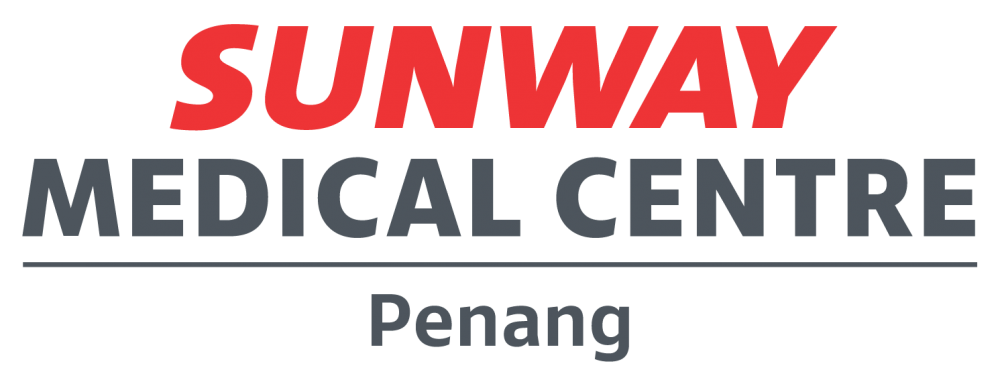Am I Having A Heart Attack? Heart Attack Action Plan
Article by: Dr. Khaw Chee Sin
28 September 2022
What is heart attack?
Myocardial infarction (MI) is often referred to as a heart attack. It is due to death of an area of heart muscle (myocardium), because of inadequate supply of oxygenated blood. MI is usually caused by atheromatous plaque rupturing and forming blood clot (coronary thrombus). It depends on the size of the blood clot and the extent to which it affects blood flow. The affected artery may be partially or completely blocked. A small blood clot that doesn't severely block artery, may leads to no damage or a relatively small damage. But a blockage at critical area, can cause the heart to severely weaken and die.

Am I having heart attack?
Following are the common presentations of a heart attack
- chest pain – a sensation of pressure, tightness or squeezing in the center of your chest. Usually lasts for more than a few minutes or that goes away and comes back
- pain in other parts of the body – it can feel as if the pain is travelling from your chest to your arms (usually the left arm is affected, but it can affect both arms), jaw, neck, back and abdomen
- shortness of breath with or without chest discomfort
- breaking out in a cold sweat, nausea, vomiting, lightheadedness or dizzy
Heart attack in women may present differently
In women, the symptoms can be more subtle, like neck or jaw pain, nausea, and lightheadedness, unusual or unexplained tiredness. Because of this variation in presentation, and atypical chest discomfort, often the woman may attribute it to exhaustion or the flu and delayed in seeking medical advice.
What will your doctor do to detect heart attack
Your doctor will diagnose, and risk stratify the heart attack by conducting clinical assessment, 12-lead ECG, and measuring blood test such as troponin level.
In certain situation, the patient presentation may sound like heart attack, look like heart attack, but is not a heart attack. The diagnosis is aided by imaging such as echocardiography, computed tomography (CT) or magnetic resonance imaging (MRI). Rarely, the artery blockage can be caused by artery spasm, dissection, embolus, or external compression.
Why timely and correct treatment is important for heart attack
Time is myocardium (heart muscle). The biggest risk for cardiac arrest and heart muscle damage is within the first few hours after an artery closes. Research suggests that if the artery is opened within the first few hours of the blockage, the patient will have a better chance of survival and less heart muscle damage.
Once an area of the heart muscle dies, it will never regrow or regenerate (although the rest of the heart may be able to step up and compensate for the damaged area). It is very important that we re-establish the blood flow to the heart muscle as soon as possible to avoid or limit the irreversible damage to the heart, thus improving heart attack patient survival and long-term morbidity.
What will your doctor do to treat heart attack
If you have a heart attack where the artery supplying an area of the heart muscle is completely blocked, your doctor will decide whether you should prescribe blood thinner medications and can have a procedure called coronary angioplasty.
Coronary angioplasty, also known as percutaneous coronary intervention (PCI) or percutaneous transluminal coronary angioplasty (PTCA), can be used in an emergency to open a blocked coronary artery and thus improve the blood flow to the heart. In a PCI, a heart specialist passes a fine probe through an artery to your heart and inflates a small balloon and in selected case, stent(s) that aims to ease the blockage.
In certain severe artery (arteries) blockage that is not suitable for percutaneous treatment, a patient may need a coronary bypass surgery which involves grafting a blood vessel to bypass a blockage in artery. The graft is referred to as a coronary artery bypass graft (CABG)
What should I do, when I suspect having heart attack
Heart attacks are medical emergencies. If someone having heart attack symptoms or if you think you might be having one yourself, seek for medical help immediately.
The quickest way to get help is to call for emergency response service, dial 999 – not to drive to the emergency room yourself. Calling an ambulance is usually quicker, because if hospital know you are coming, the hospital can prepare for your arrival, and you get care along the way by medically trained personnel with the necessary emergency equipment including drugs and defibrillation.
Take home message
It is best to know what is normal for your body and get help when something doesn’t feel right. Knowing both the common heart attack presentation and subtle symptoms of a silent heart attack can help you identify one.
Be sure to get regular checkups with your healthcare provider. You can also help yourself by treating medical problems that can lead to a heart attack. Switching to a healthier diet, stop smoking and adding exercise can help as well.
Know your action plan in medical emergency and do not hesitate to call for immediate medical help when in need. In heart attack, “time is myocardium”. Don't play down what you are not feeling right. Seek for help. You do not need to risk your life, for missing a heart attack.
 Back
Back




























